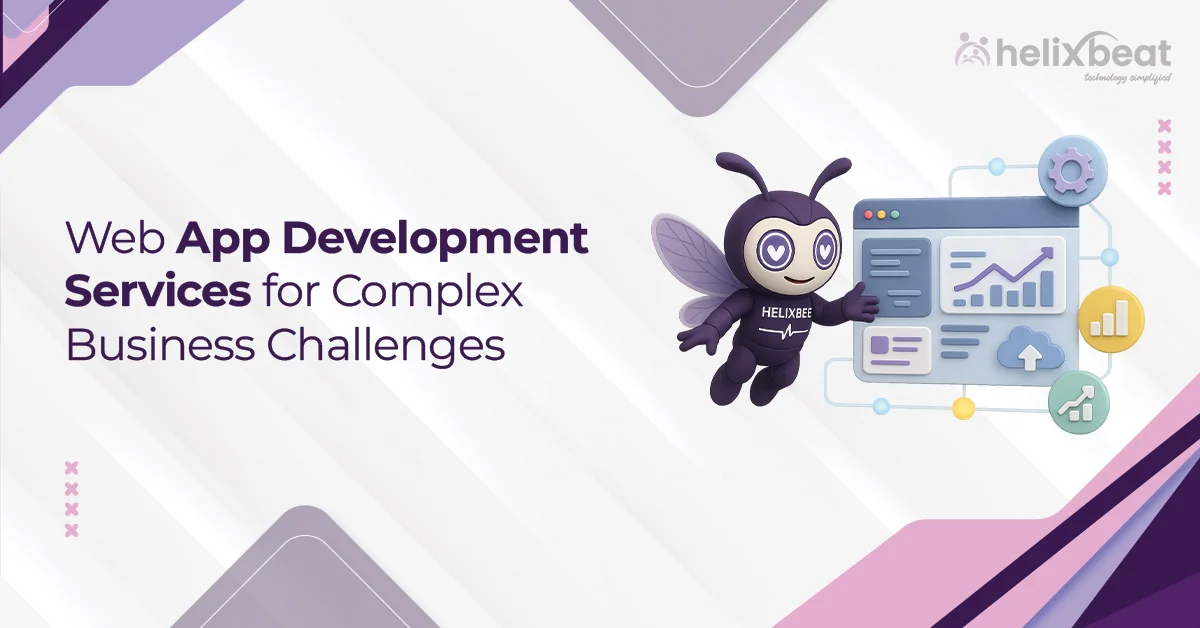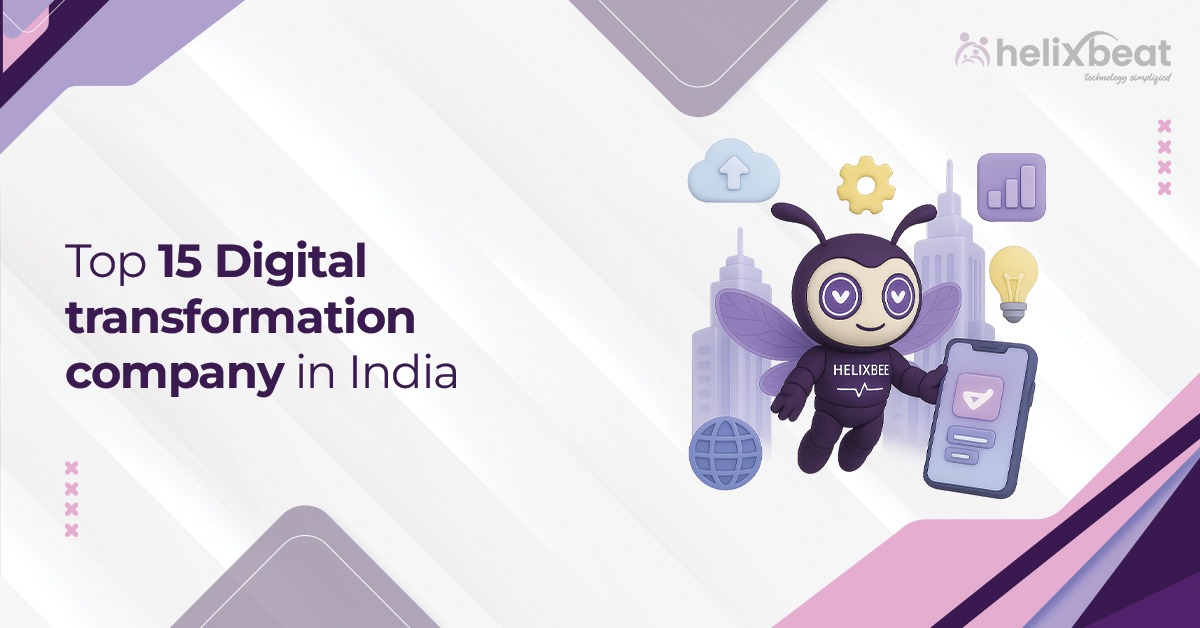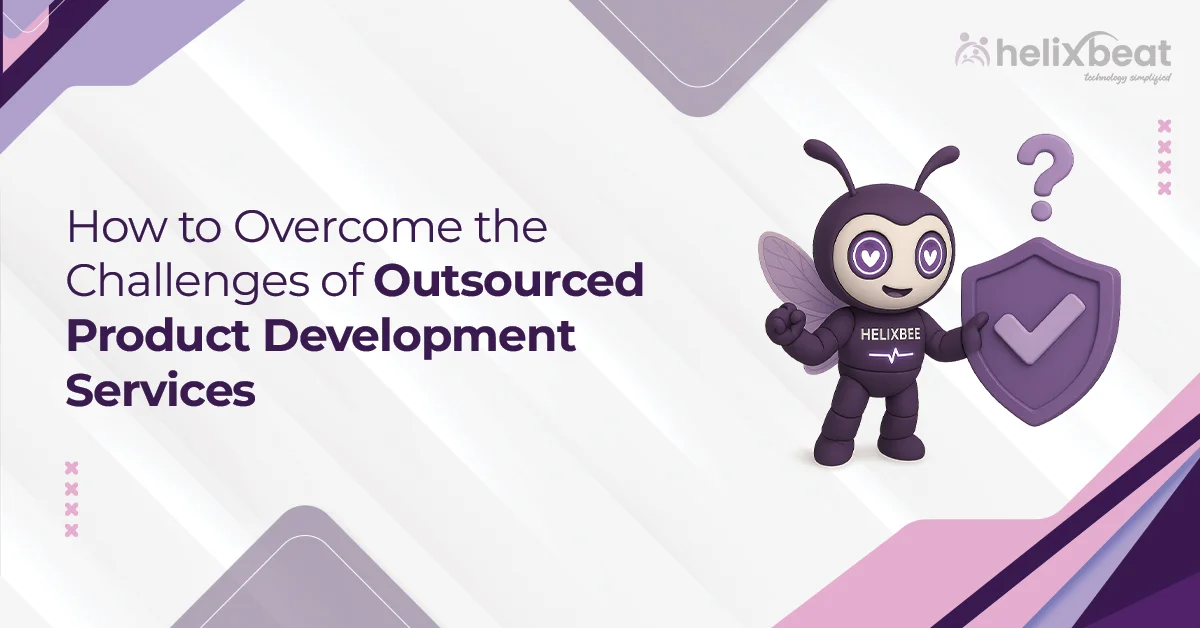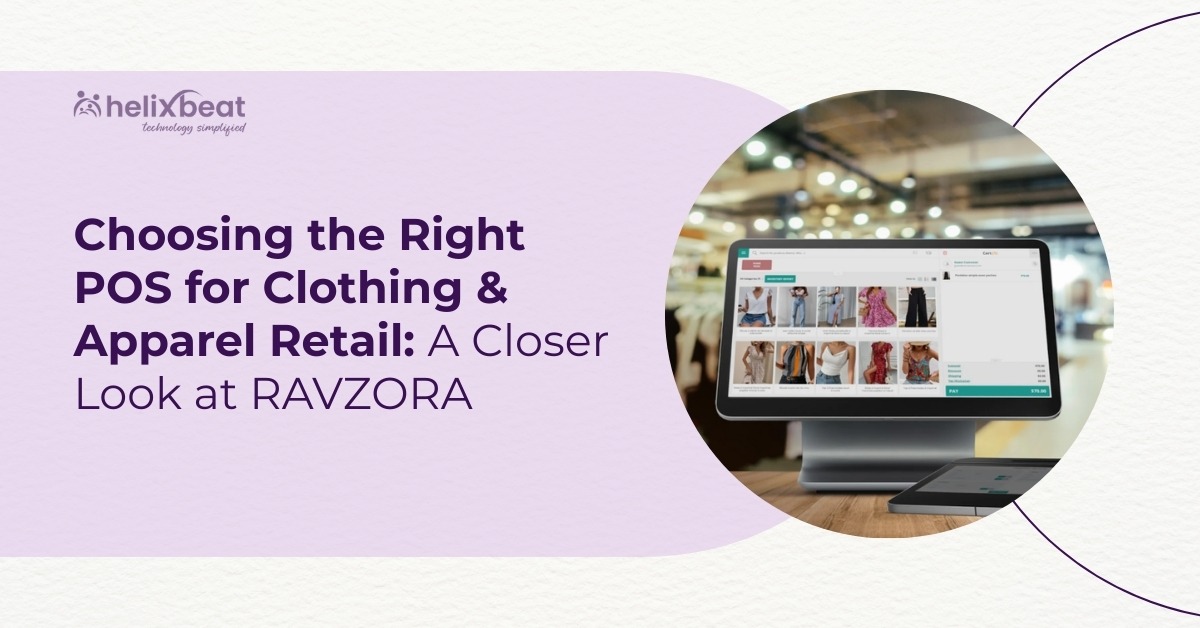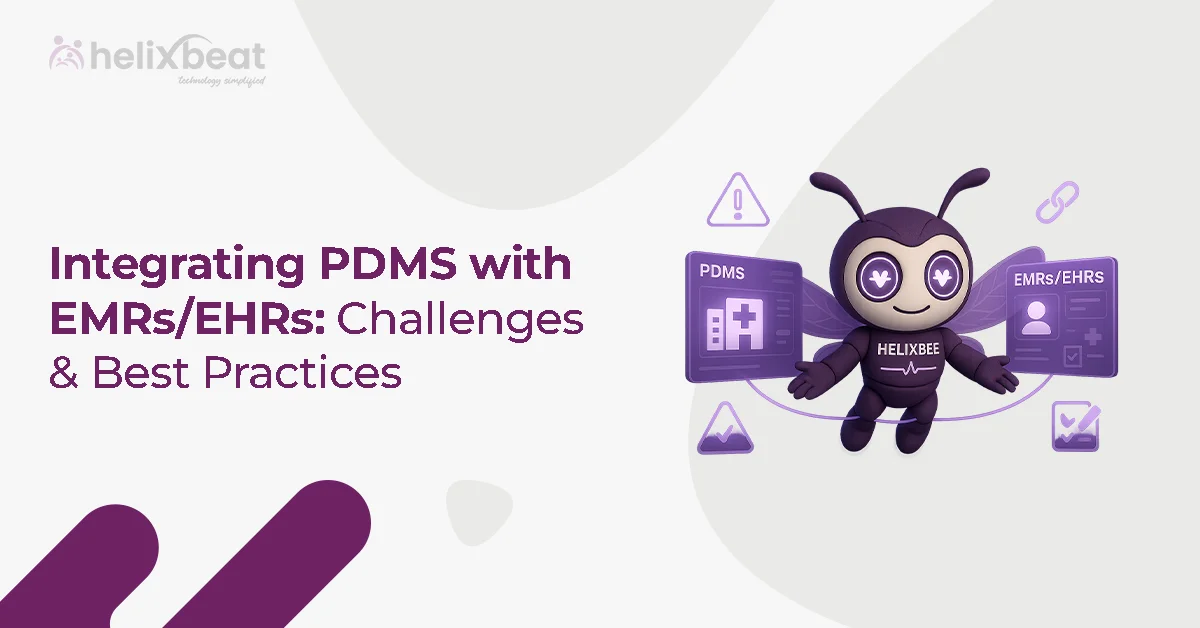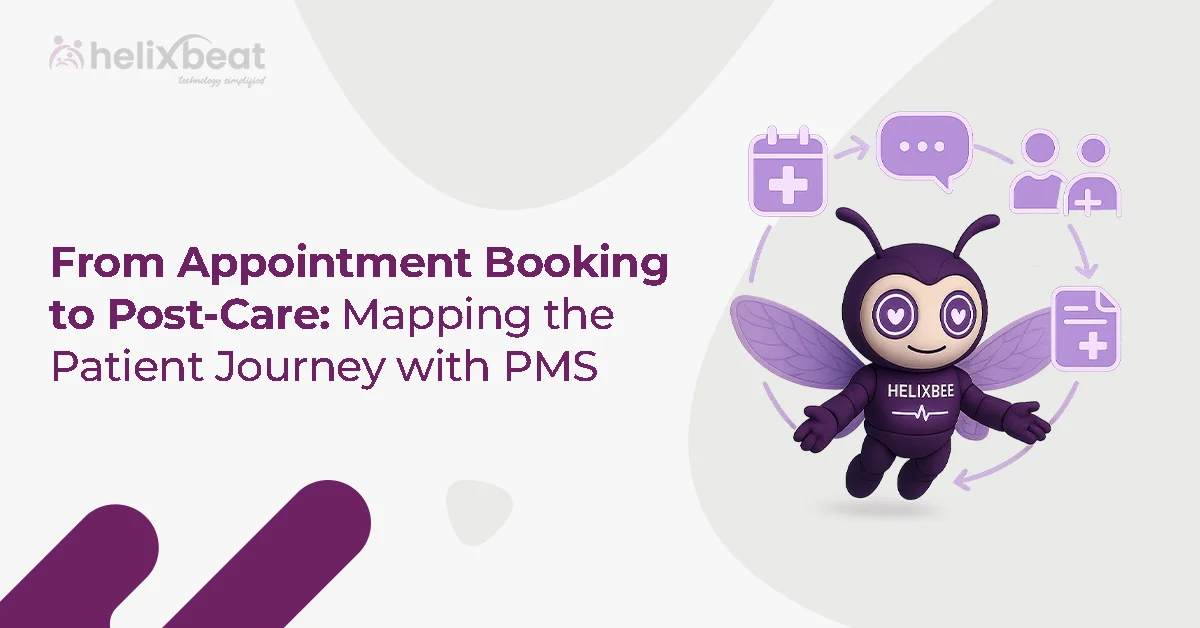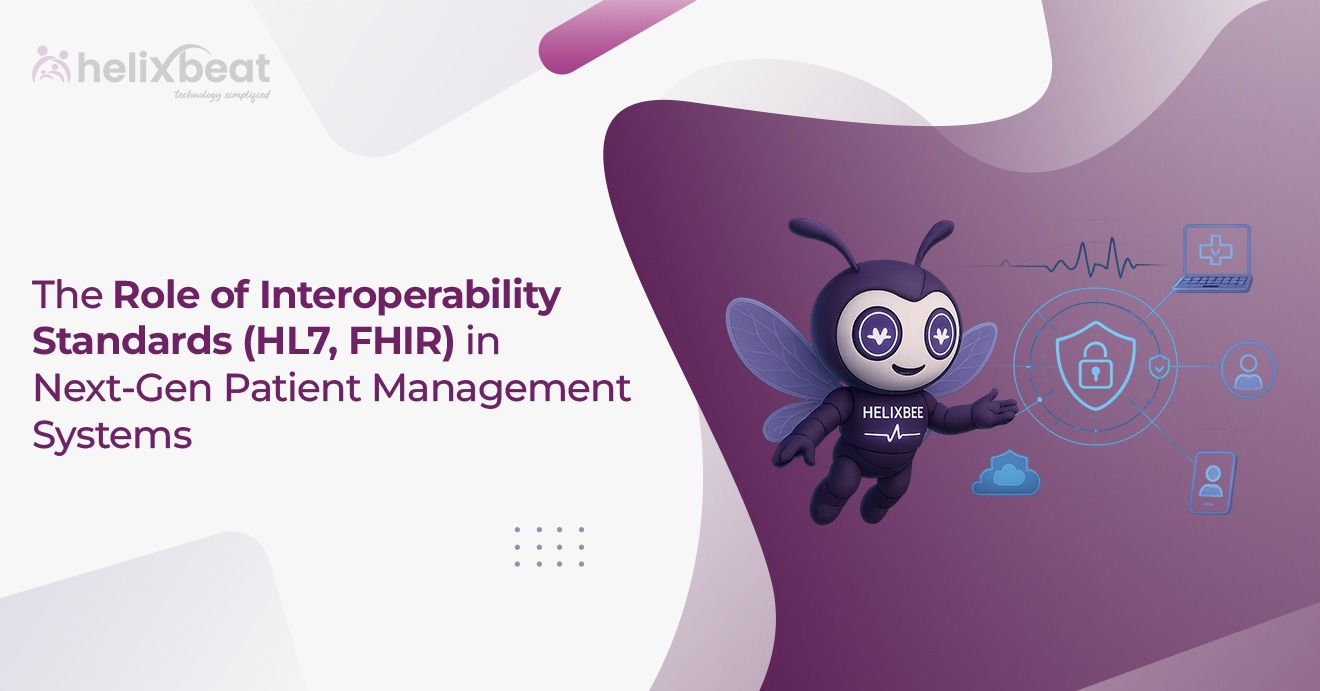Today, seamless data sharing between systems is critical for improving patient outcomes, reducing inefficiencies, and boosting medical research. However, interoperability has long been a challenge, with hospitals, clinics, and labs operating on different platforms that struggle to communicate effectively. But there’s a game-changer in the healthcare data ecosystem: Fast Healthcare Interoperability Resources (FHIR).
FHIR, developed by HL7 (Health Level Seven International), offers a standardized approach to exchanging health information. Its flexible and modern architecture simplifies data interoperability, making it easier for healthcare providers, insurers, and tech developers to collaborate. But how exactly does FHIR simplify data sharing? Let’s break it down.
Table of Contents
The Complexity of Healthcare Data
Before discussing how Fast Healthcare Interoperability Resources (FHIR) improves data exchange, it’s important to understand why healthcare data has been so difficult to share in the first place. Even today, most healthcare providers rely on traditional healthcare IT systems. These systems have rigid structures, which makes integration across different platforms challenging. As a result, it creates some of the biggest obstacles like:
- Siloed Systems: Hospitals, insurance providers, and diagnostic centers often use different electronic health record (EHR) systems that do not communicate well with one another.
- Diverse Data Formats: Health data comes in various formats—structured data from EHRs, unstructured physician notes, imaging files, and more.
- Security Concerns: Health data is sensitive and needs to be shared securely while complying with regulations like HIPAA in the U.S.
- Lack of Standardization: Different systems use different data models, which makes it difficult to exchange and interpret information accurately.
Fast Healthcare Interoperability Resources (FHIR) tackles these challenges head-on, making data exchange smoother and more efficient.

The Role of FHIR in Healthcare Data Interoperability
Fast Healthcare Interoperability Resources (FHIR) is designed to be lightweight, modular, and scalable, offering a standardized way for systems to communicate. Here’s how it simplifies healthcare data sharing:
1. A Standardized Data Model
FHIR structures data into resources—building blocks that represent different healthcare entities like patients, medications, conditions, and diagnostic reports. Each resource follows a standard format, making it easier for systems to exchange and interpret data correctly.
For example, whether a hospital in New York sends patient records to a clinic in California, the information remains in a universally understandable format.
2. API-Driven Data Exchange
Unlike older interoperability frameworks, FHIR is built on RESTful APIs—the same technology that powers modern web applications. This means healthcare systems can exchange data in real-time through secure API calls, which reduces the reliance on manual data entry and outdated file transfers.
For example, when a doctor prescribes medication, the pharmacy can access the prescription data instantly and reduce errors.
3. Flexibility with Different Data Formats
FHIR supports multiple data formats, including JSON, XML, RDF, etc., making it easier to work with a wide range of applications. This flexibility allows software developers to integrate FHIR into both modern and legacy systems, thus improving adoption across the industry.
4. Improved Patient Access to Health Records
One of the biggest advantages of FHIR is that it makes patient-centered interoperability a reality. Therefore, patients can easily access their health records through apps and portals powered by Fast Healthcare Interoperability Resources, giving them greater control over their medical data.
For example, FUSION, a product by Helixbeat, leverages FHIR APIs to help users securely access their medical records on mobile devices. This empowerment improves engagement, allowing patients to share their health data with providers seamlessly.
5. Enhanced Security and Compliance
Security is critical to healthcare data sharing, and FHIR incorporates best practices to protect patient information. It supports OAuth 2.0 and OpenID Connect for secure authentication and access control. This means only authorized parties can access sensitive health data.
Additionally, Fast Healthcare Interoperability Resources aligns with regulatory frameworks like HIPAA, GDPR, and TEFCA, thus helping healthcare organizations maintain compliance while exchanging information.

How FUSION Helps Hospitals and Clinics with Fast Healthcare Interoperability Resources Integration
1. Bringing Internal Systems Together
FUSION connects disparate systems within a hospital, which helps create a unified view of patient data in real-time. Therefore, healthcare providers no longer have to enter the same data across multiple systems manually. This reduces administrative workload, minimizes inconsistencies, and allows medical professionals to focus more on patient care.
2. Standardizing Lab Results for Faster Decision-Making
FUSION converts laboratory data into FHIR-compatible formats, thus making it easy to integrate results from multiple sources into a single patient record. With instant access to standardized lab results, healthcare professionals can make faster, more informed decisions while eliminating redundancies.
3. Simplifying Insurance Compliance
The Centers for Medicare & Medicaid Services (CMS) require providers to adopt interoperable systems that facilitate seamless communication between healthcare entities, insurers, and regulatory agencies.
FUSION aligns with these mandates, helping providers stay compliant while streamlining insurance processes. By enabling accurate and timely data exchange with insurers, FUSION reduces administrative burdens, accelerates claim approvals, and improves cash flow.
4. Enhancing Data Sharing with Healthcare Partners
Seamless communication between hospitals, labs, pharmacies, and external providers is critical for coordinated patient care. However, data silos and incompatible formats create barriers that slow down information exchange.
By acting as a central hub for patient data, FUSION facilitates secure and efficient data sharing across the entire healthcare network. Therefore, by removing technical roadblocks, it enables better collaboration, improves coordination between providers, and reduces operational costs.
5. Preparing Healthcare Systems for the Future
FUSION provides a strong foundation for next-generation healthcare technologies by supporting AI-driven insights, predictive modeling, and IoT integration. By leveraging real-time data analytics, healthcare providers can enhance clinical decision-making, optimize workflows, and take a proactive approach to patient care.

Why FHIR is the Future of Healthcare Interoperability
Fast Healthcare Interoperability Resources is revolutionizing how healthcare systems communicate, bridging the gap between disparate platforms and making patient data more accessible and usable.
FUSION enables hospitals and clinics to harness the full potential of FHIR, creating a connected, efficient, and future-ready healthcare environment. If you’re looking for a reliable FHIR integration solution that simplifies compliance, enhances collaboration, and prepares your organization for the next wave of digital transformation, FUSION is the answer.
Contact us today to learn how FUSION can streamline your interoperability journey.
FAQs
1. What is FHIR, and why is it important in healthcare?
FHIR (Fast Healthcare Interoperability Resources) is a standardized framework developed by HL7 to improve healthcare data exchange. It helps different systems communicate seamlessly, improving patient care, reducing inefficiencies, and enhancing collaboration among healthcare providers.
2. How does FHIR help overcome interoperability challenges in healthcare?
Fast Healthcare Interoperability Resources simplifies interoperability using standardized data models and API-driven communication. This allows hospitals, clinics, and insurance providers to exchange data efficiently.
3. What makes FHIR different from traditional data-sharing methods?
Unlike older interoperability frameworks that rely on complex data transfers, Fast Healthcare Interoperability Resources is lightweight, modular, and uses RESTful APIs—similar to modern web applications—making real-time data exchange faster and more reliable.
4. How does FUSION help hospitals integrate multiple internal systems?
Many hospitals operate on different EHR platforms, leading to data silos. FUSION connects these systems, which helps provide a unified patient record that reduces duplication, minimizes clerical workload, and improves access to accurate health information.
5. How does FHIR improve collaboration between healthcare providers?
By converting diverse healthcare data into a standardized format, FHIR allows hospitals, labs, pharmacies, and external providers to share critical patient information without compatibility issues.



